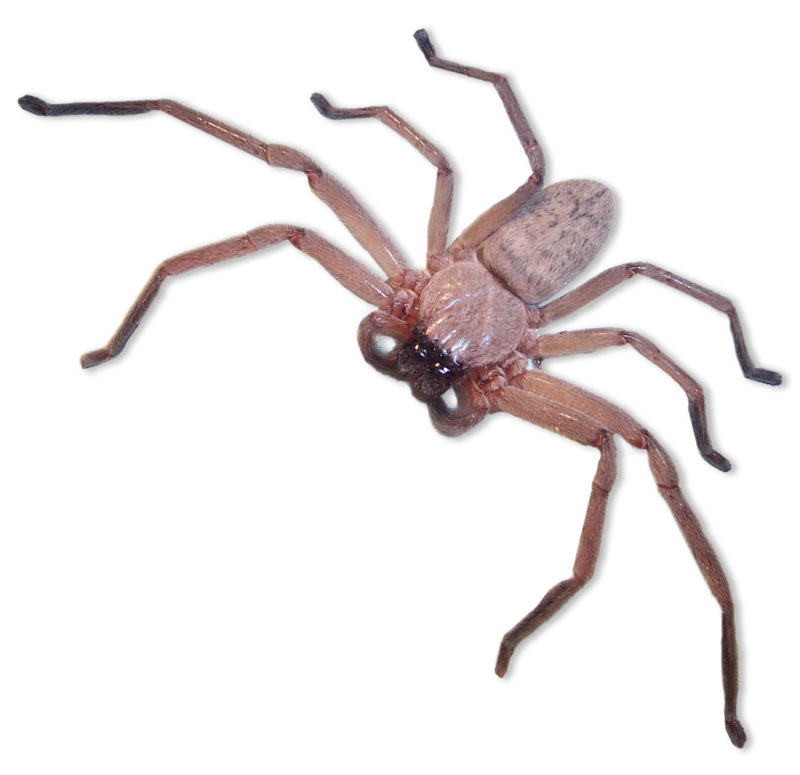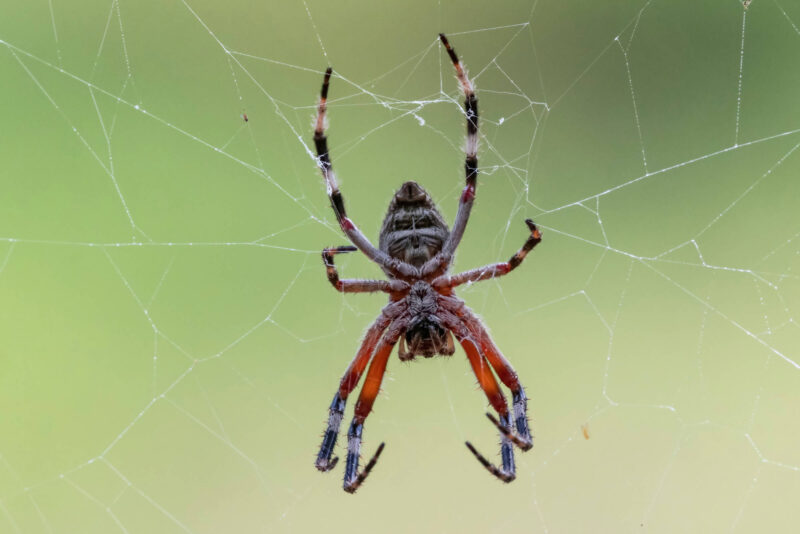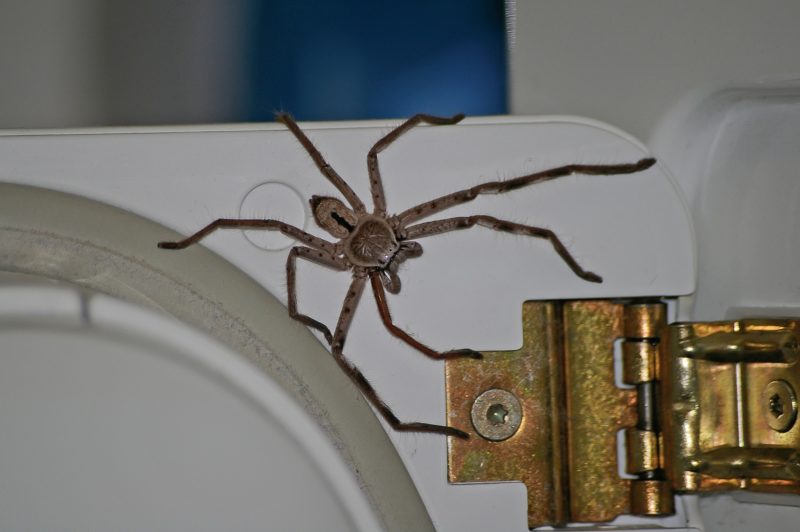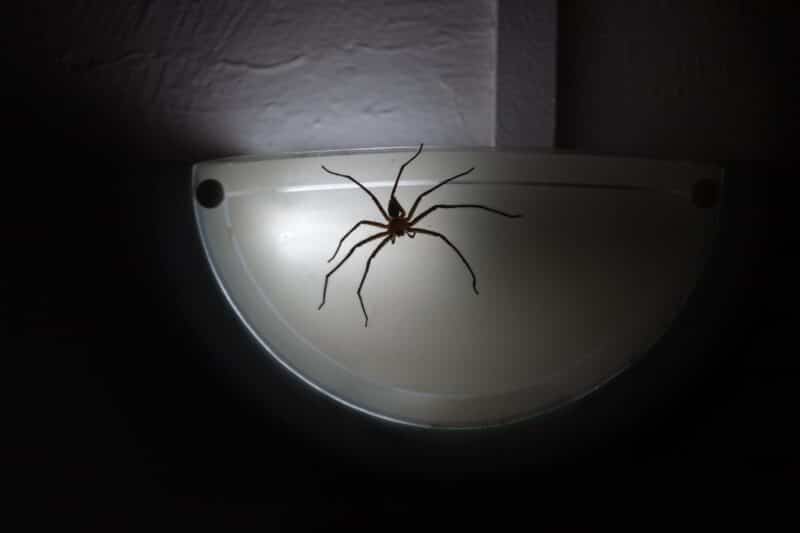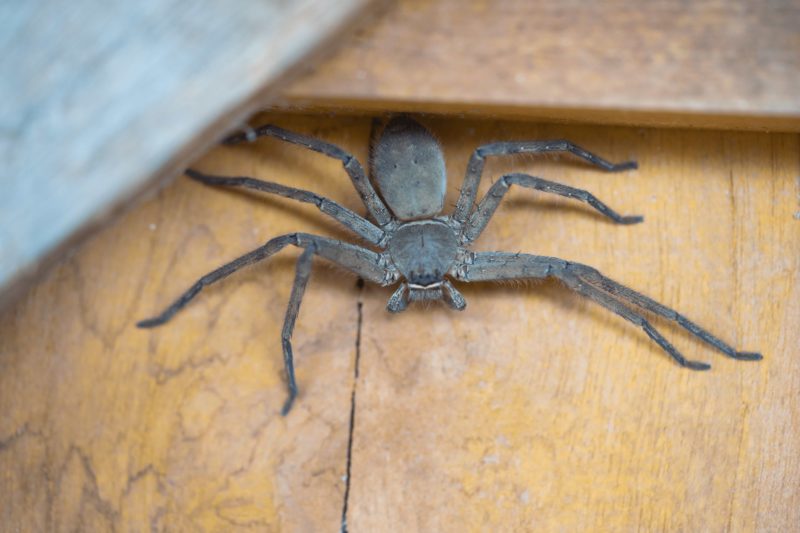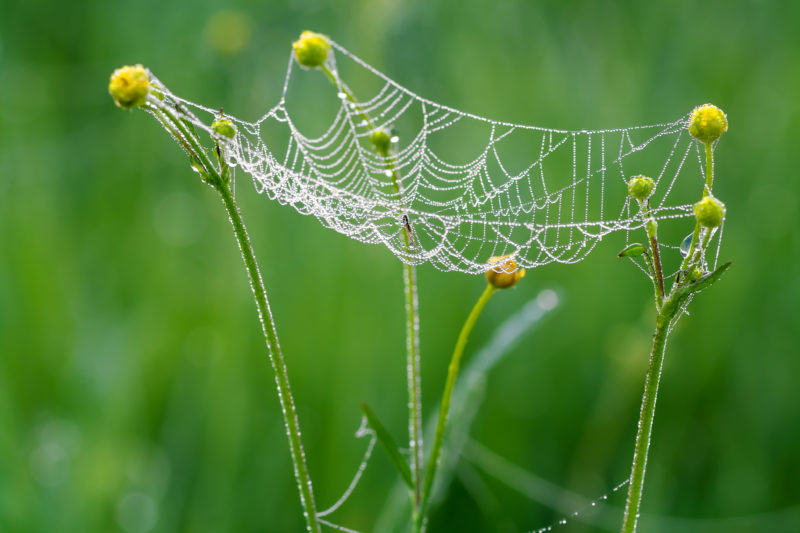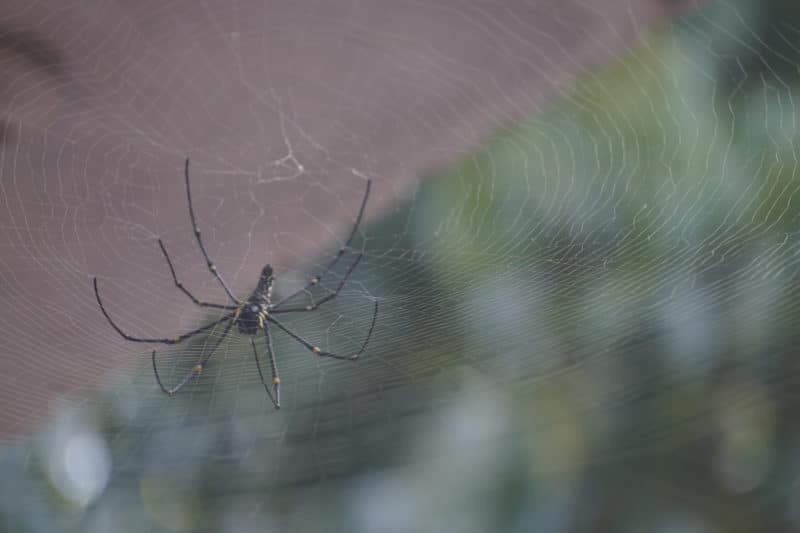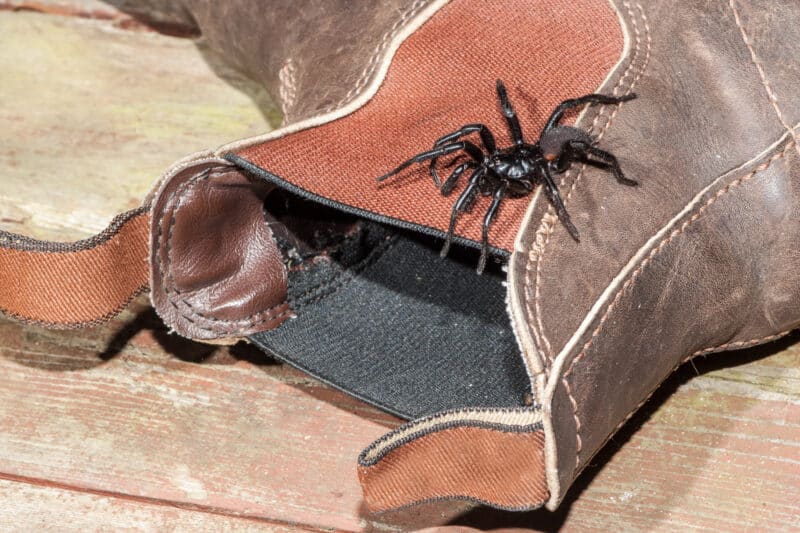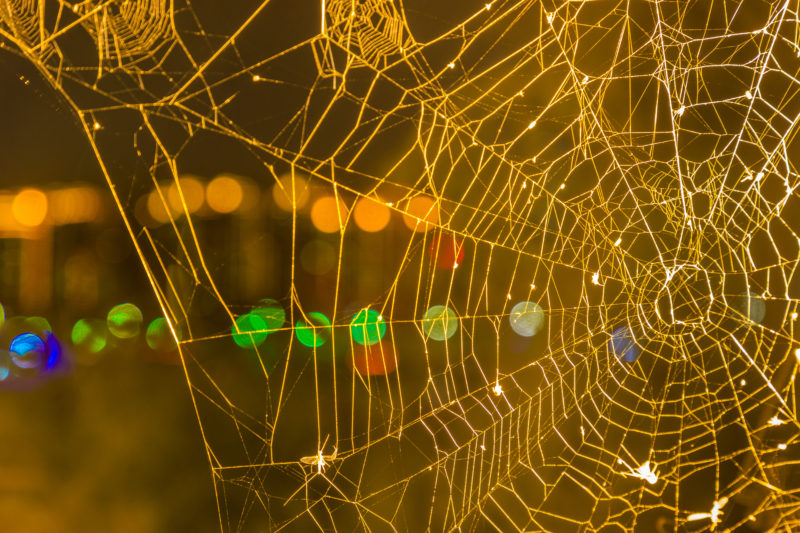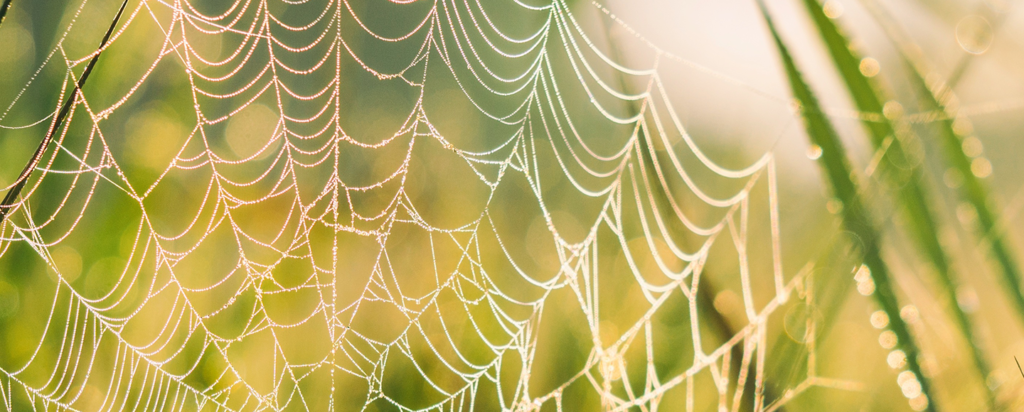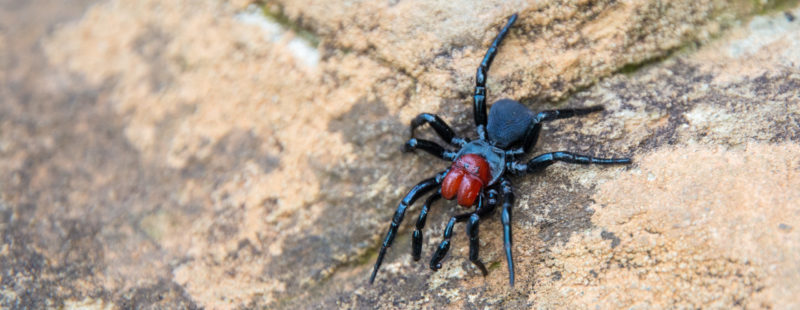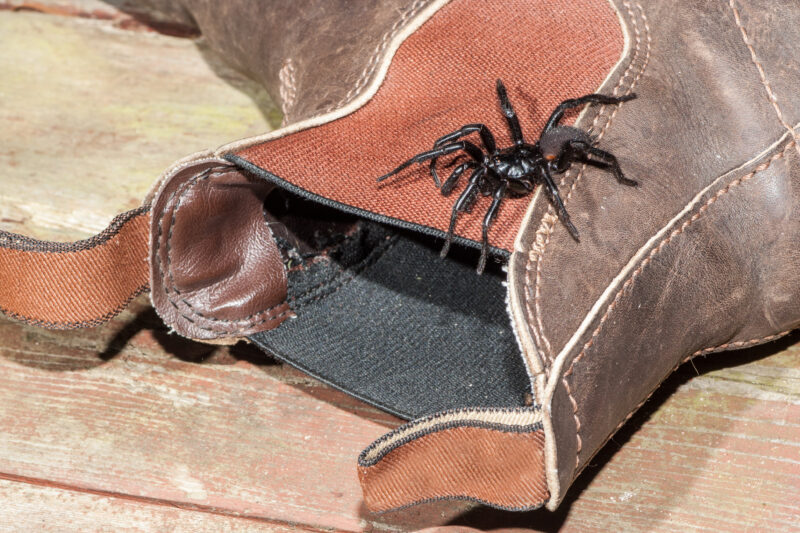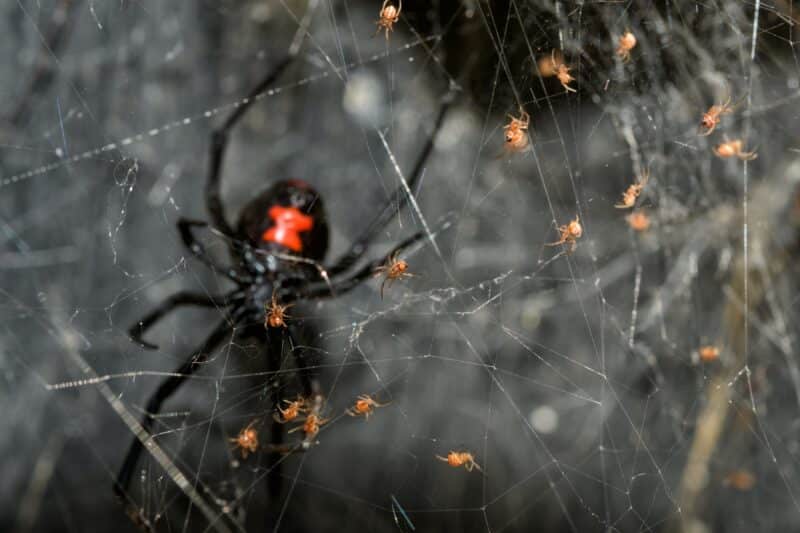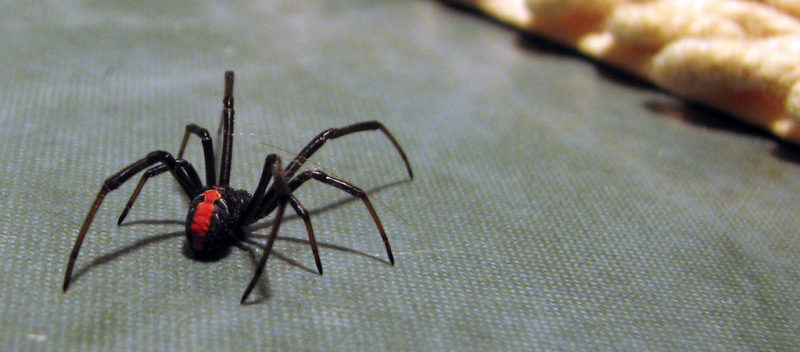Spiders
Spiders are a common pest in all regions of Australia. From Sydney to Perth, these pests are spreading fear among households, with only a few of them actually being dangerous. But regardless of whether or not they are dangerous, you don’t have to deal with them yourself. You have us – your spider pest control experts! Find out more when you download our Spider Fact Sheet!
Found Spiders? Click here to view our Spider Identification Chart. Do not disturb them. Call your local Flick pest control expert.
Flick Home Protection plans make protecting your family and home from spiders and pests easier than ever. Our effective and affordable year round pest control plans include an exclusive 12 month warranty. Spiders are included in our Gold, Silver and Bronze Home Protection Plans. Find out more here.
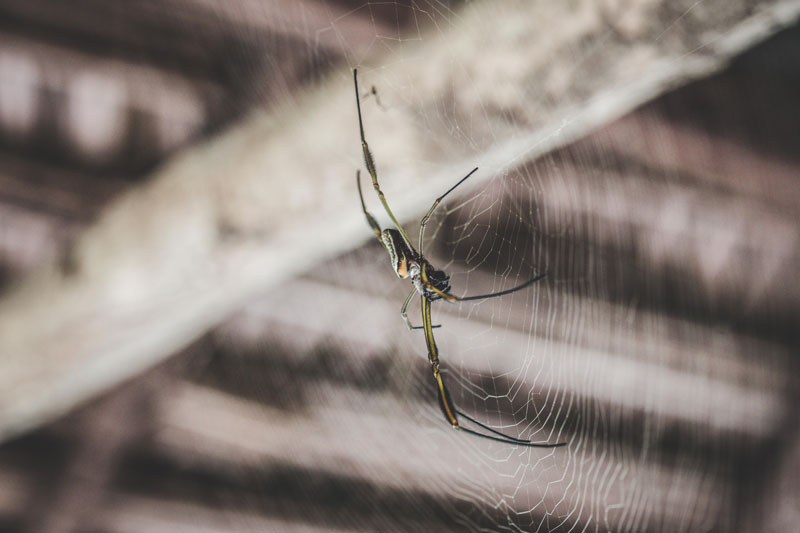
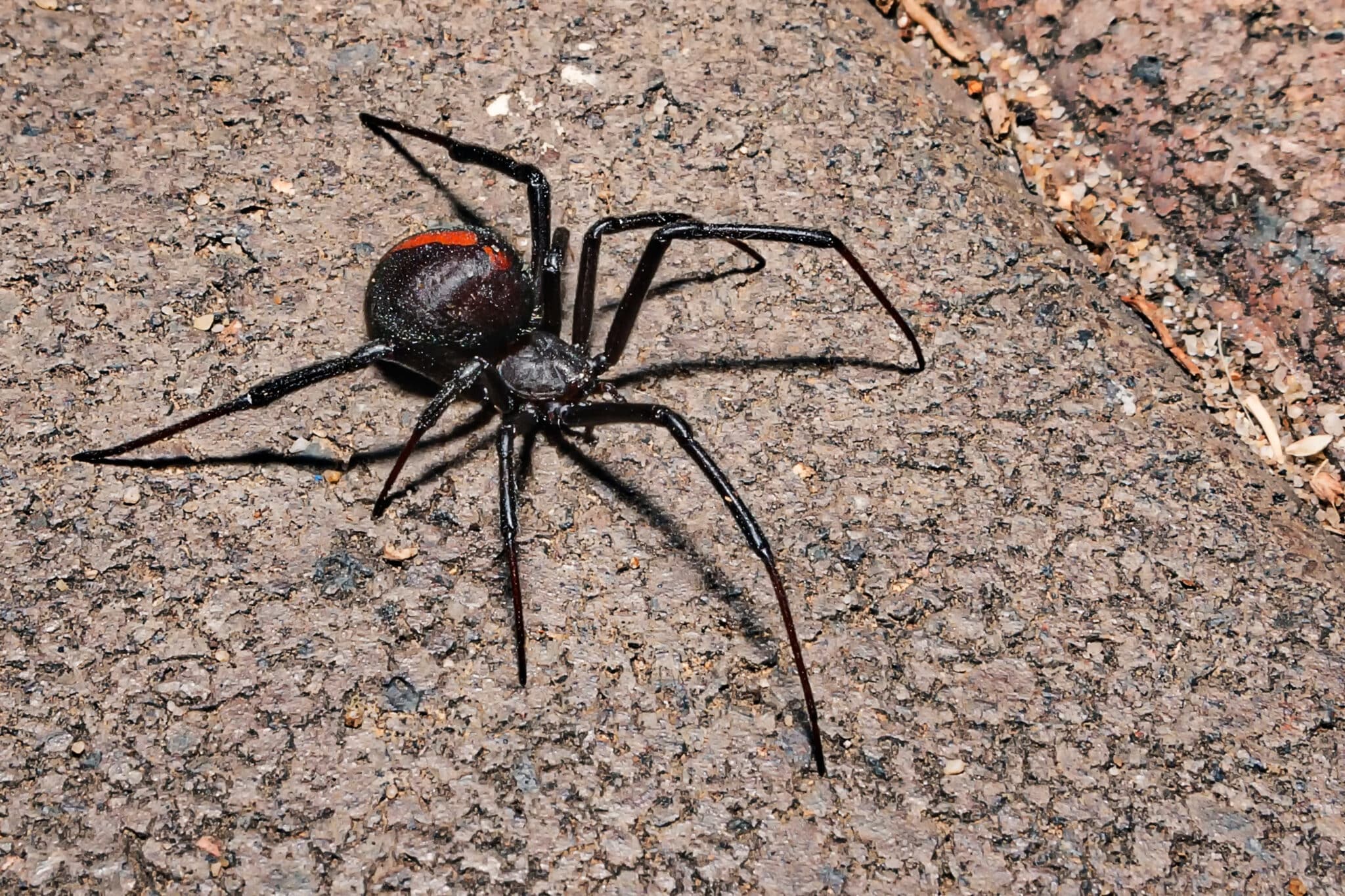
How to Identify Spiders
Australia is home to a wide variety of spider species, including web-building spiders such as the common orb-weavers, redback spiders, and funnel-web spiders, as well as running spiders such as the wolf spider and the huntsman spider. Web-building spiders are known for their intricate and symmetrical webs, while running spiders are known for their speed and ability to hunt on the ground. Tell-tale signs of a spider infestation include the presence of webs, egg sacs, and dead insects caught in the webs around the property.
Spiders play a crucial role in the environment as natural pest controllers, feeding on insects and helping to regulate their populations. However, some spider bites can be toxic and pose potential risks to humans, such as from the venom of the funnel-web and redback spiders. It is important to be cautious and seek medical attention if bitten by a potentially harmful spider.
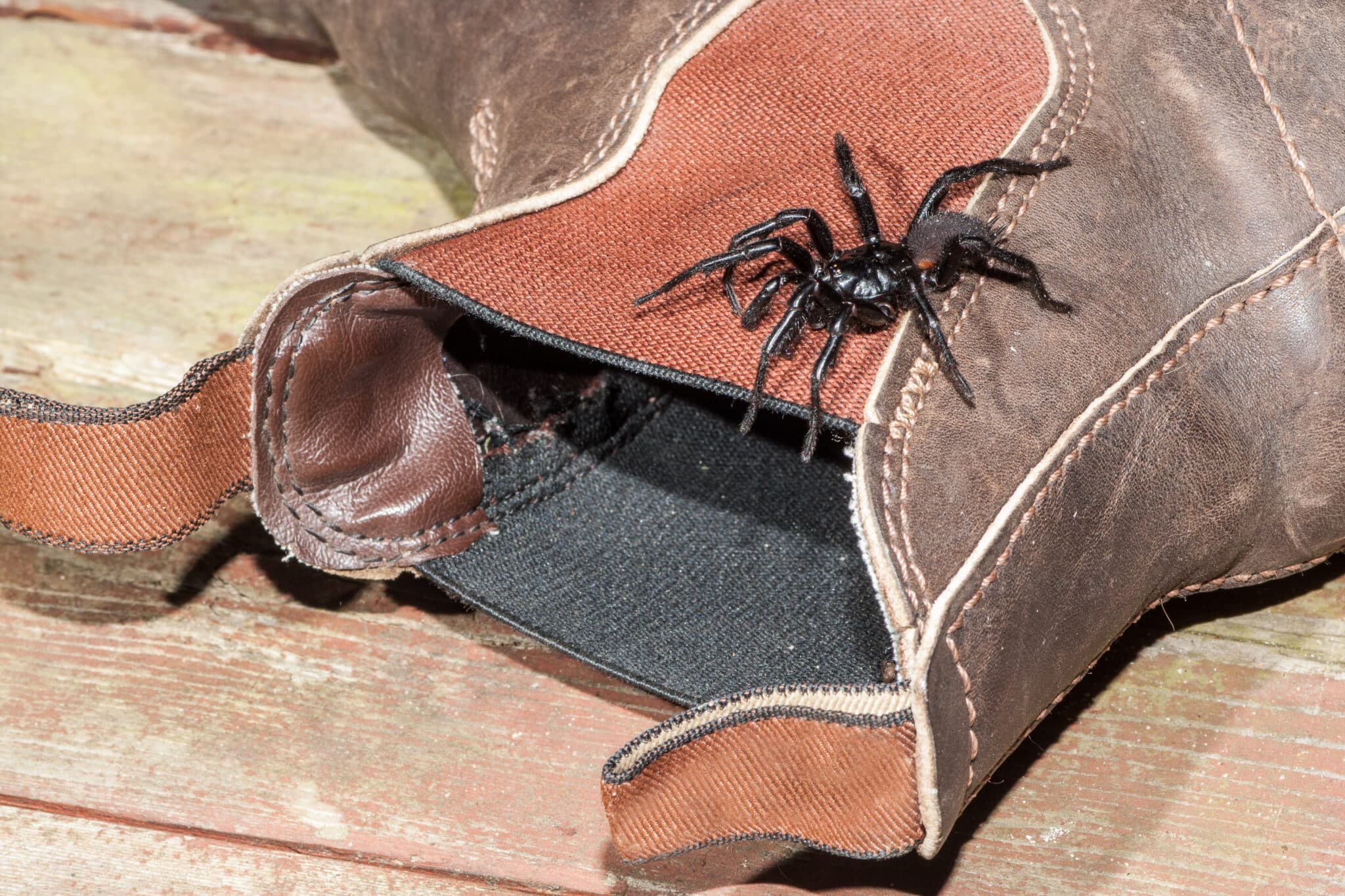
Preventative Measures for Spiders
To prevent spider infestations in your home, it is important to take various preventative measures. Firstly, use gap filler to repair cracks and crevices in walls, windows, and doors where spiders can enter. Install fly screens on windows to prevent spiders from entering your home. Additionally, keep trees and bushes away from the house to limit the spiders’ access to your home.
Keeping both your interior and exterior clean and tidy can also help prevent spiders. Start by decluttering the inside of your home to eliminate hiding spots for spiders. Vacuum and dust thoroughly, paying attention to corners, ceilings, and baseboards. Tidy up any areas where spiders may find shelter, such as piles of clothes or papers. Externally, clear away any garbage, woodpiles, or excess vegetation close to the house. Keeping a clutter-free environment will limit the places where spiders can take refuge.
By taking these preventative measures and avoiding ineffective methods, you can effectively control and prevent spider infestations in your home.
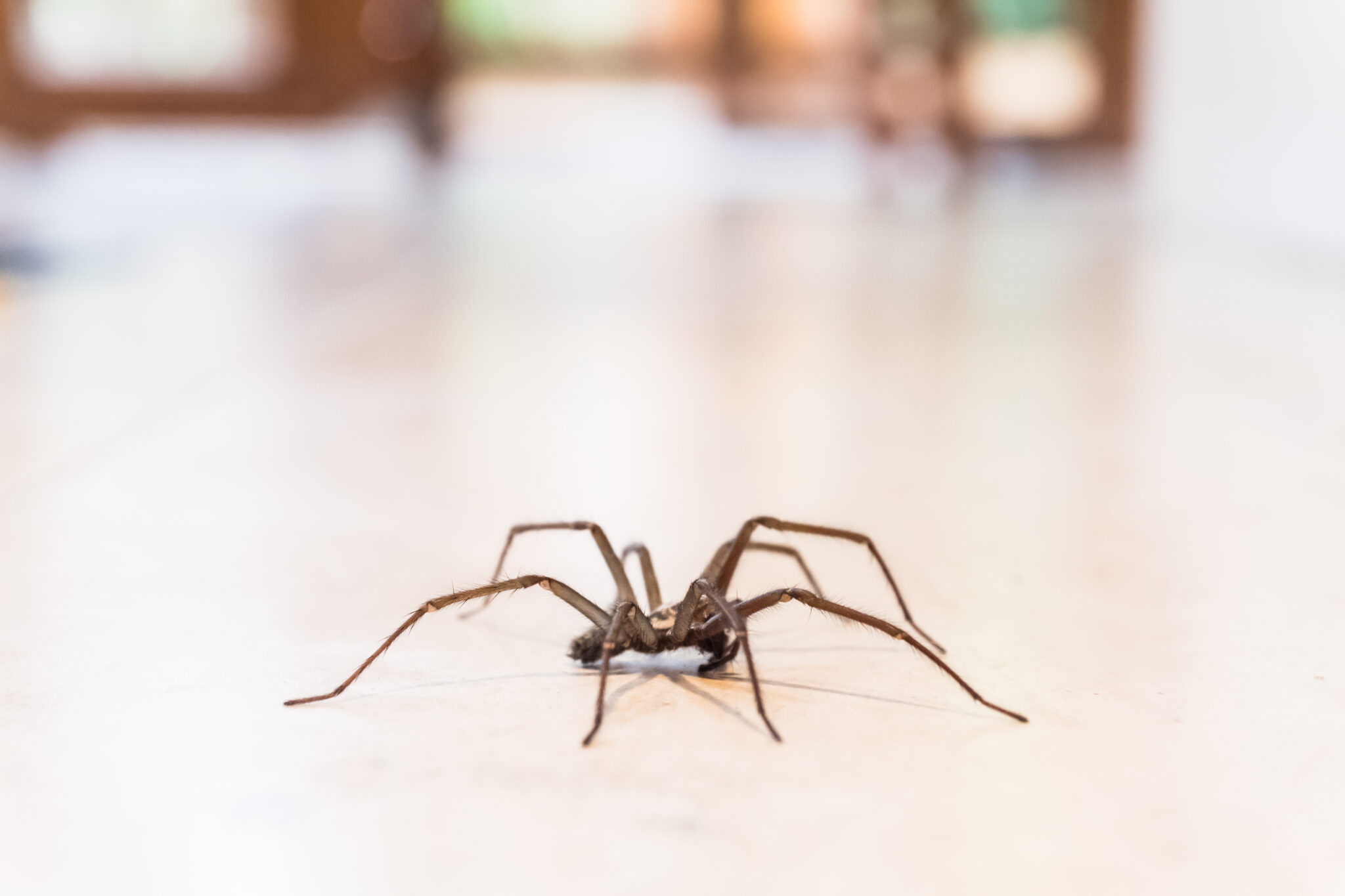
How Spiders Are Treated
Spider control treatments can effectively target and eliminate spider species that may be invading your home. The key is to treat the breeding and hiding sites of these pests.
The internal barrier spray is designed to be applied to the interior of the property, targeting areas where spiders commonly hide or nest. This pest control solution creates a deterrent that prevents spiders from entering or establishing a presence within your home.
A subfloor dust spray is used to target spiders that may be residing beneath the property, in areas such as crawl spaces or basements. This treatment ensures that spiders are unable to establish themselves in these hidden areas and helps to prevent them from entering the internal living spaces.
The external spray is a crucial component of spider control treatments, as it creates a barrier around the perimeter of the property, preventing spiders from entering the home from the outside. This pest control solution is essential for keeping spiders at bay and minimising the risk of infestation.
Shield Your Family & Home Year Round from Spiders
Flick's Home Protection Plans
Flick’s Home Protection Plans provide effective and affordable year round protection for your home and family. Our Gold, Silver and Bronze plans include preventive measures to stop spiders from entering your home. All Home Protection plans come with a 12-month warranty* and easy affordable monthly payments. With a variety of Home Protection plans to choose from, you can find a plan that meets your specific needs and budget. Contact your local Flick branch to discuss which Home Protection is suitable to shield your home from spiders.
Commercial Pest Solutions
Integrated Spider Solutions
It is essential for businesses to prioritise the health and safety of their employees and customers. Spiders not only pose a health risk but also damage property and reputation. Flick’s professional commercial pest control services provide tailored solutions to prevent and eliminate any pest infestations, ensuring a clean and hygienic environment for everyone. Our regular inspections and treatments help to maintain a pest-free workplace and protect your business from potential pest related damage. Trusting in Flick’s commercial pest control solutions is a smart investment in the long-term success and reputation of any business.
Learn more here or call 1300 270 019.
Common Spider Questions
How do spiders reproduce?
Spiders create a silken sac into which they lay their eggs. Each sac contains about a hundred eggs (this varies with the species). The sac may be attached to something, concealed in the web or carried on the body of the female. If you spot a sac fixed somewhere in your home, that’s a sign that there will soon be more spiders!
Which spiders can kill you?
The most dangerous spiders in Australia are the Sydney Funnel-Web and the Redback spider. Neither of these spiders have killed anyone for almost 40 years, since anti-venom injections were introduced. However, both species can be aggressive if disturbed – particularly the male funnel-web. If you spot one of these spiders, stay away and call your local Flick technician.
What other spiders are dangerous?
White-tailed spiders, Mouse spiders, Trap door spiders – there are a number of spider species who can cause pain and swelling if they bite you. For the most part, they aren’t interested in humans and will not disturb you – unless you disturb them! All spiders should be treated with caution, particularly if you are having trouble identifying them.
How do I control a spider infestation?
Flick provides tailored treatments for different types of spiders, regardless whether they are webbing, crawling or deadly. You can trust our pest technicians to protect you and your family. By breaking the breeding cycle, you can also enjoy your property free from unsightly webs.
Should I try and completely eliminate spiders?
Not necessarily. Spiders are an essential part of the natural ecosystem. In gardens, spiders eat moths, flies, caterpillars and other pests that you may not wish to bother you. While you should be wary of spiders, often they’re more afraid of you!
Common Spider Species
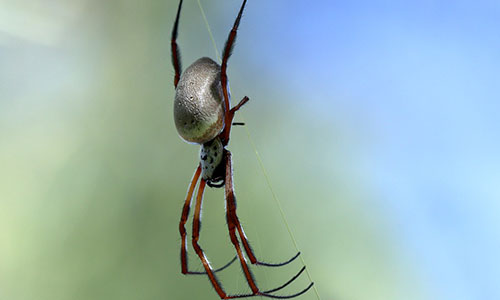
Garden Orb Spider
Apppearance
Plump, triangular, hairy body. Female: 20-25mm; Male 5-10. Colours range from pale white through grey to dark brown, with patterns of spots, stripes and patches.
Lifestyle
The Garden Orb spider’s web is usually highly visible and strung between low trees, shrubs or parts of a building. They can cause distress to homeowners as they are unsightly. Although these spiders are docile, the bite may produce mild pain, nausea, dizziness and swelling around the bite. Call your local Flick technician for help removing an infestation.
Habits
The Garden Orb spider is a webbing spider that’s extremely common in gardens across Australia. It’s nocturnal and non-aggressive. During the day, the spider moves to an elevated retreat and may huddle under eaves and leaves. Occasionally it might surprise you between the folds of washing! They sit centrally on their webs at night.
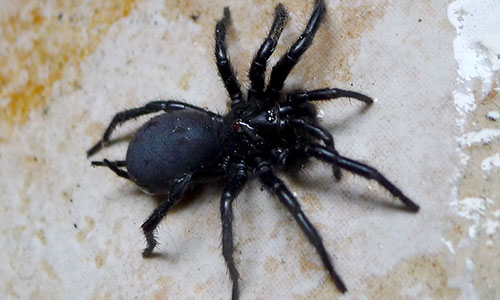
Funnel Web Spider
Apppearance
Shiny, dark brown to black with finger-like spinnerets at the end of their abdomen which spin silk. Have impressive fangs which they bare when threatened.
Lifestyle
They can wander into suburban environments and become trapped. They may even take shelter in a shoe! Their bites are dangerous, and first aid should be given immediately with a pressure bandage and immobilisation. The venom has a neurotoxin that attacks the human nervous system. However, there have been no fatalities since an antivenom was developed. Patients should be taken immediately to hospital.
Habits
Funnel-webs can be found in both urban areas and forests. They shelter under logs and rocks or anywhere they can find a cool and humid climate. Once they spot prey they will rush out – they eat beetles, cockroaches, lizards and snails. They trip up their prey with silken lines around their burrow.
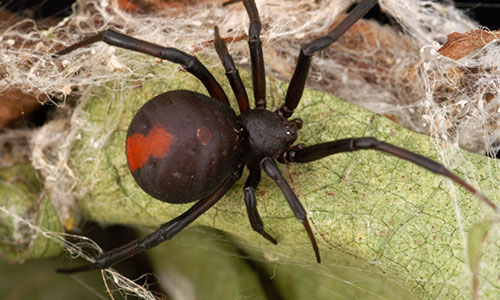
Red Back Spider
Apppearance
Female Redback spiders are black a distinct orange/red longitudinal stripe on the upper abdomen. They have an ‘hourglass’ shaped spot on the underside. The male’s markings are paler and less obvious.
Lifestyle
Redback spiders usually prey on insects, plus sometimes other spiders and small lizards. Male Redbacks do not produce a web but can be found on the fringe of a female’s web. Most males do not survive the deadly mating process, and only the female bite is deadly. Redback spider bites occur frequently in summer, although humans are not likely to be bitten unless a hand is put directly into the web. An antivenom is available.
Habits
A Redback spider’s web consists of a tangled, funnel-like area from which vertical, sticky threads run. They like being close to human habitation, with webs built in dry, sheltered sites. Usually these are in nature but sometimes they include sheds and toilets! They are more common in summer.
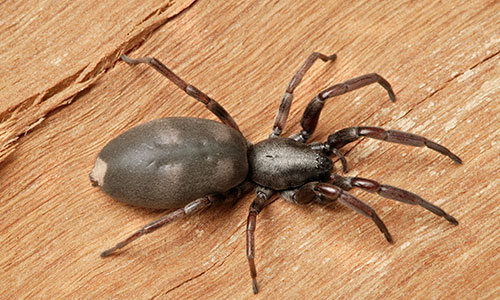
White Tail Spider
Apppearance
Cylindrical in shape, females are 12-15mm, Male 5-8mm. Their bodies are grey or black with a white tip on the end, plus several white spots on the back.
Lifestyle
These spiders are vagrant hunters; instead of spinning webs and eating insects they feast on other spiders, including Daddy Long Legs, Redback Spiders and Black House Spiders. They are not aggressive but if provoked they will bite readily and repeatedly! Their bites can cause redness and blisters at the site of the bite, plus headaches, pain and itchiness.
Habits
White-tail spiders are crawling and hunting insects. They are found across both Australia and New Zealand and like to hide under stones, bark, leaves and under the bark of trees. They often enter homes in search of food and can be found lurking on walls at night.
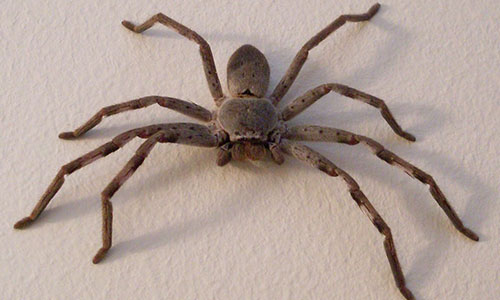
Huntsman Spider
Apppearance
Body – 2.5cm. Legs: Approx. 12.7 cm (can be longer). Hairy and somewhat flattened, eyes arranged in 2 rows of four.
Lifestyle
Huntsman emerge at night to search for food and can enter homes during wet weather or when hungry. They often terrify spider haters because of their size and hairy appearance! However, bites rarely occur, and no known fatalities exist. They feed on other insects and can be considered useful for the ecosystem.
Habits
The huntsman is a crawling and hunting spider that has the ability to scuttle sideways easily with their long legs. Mostly non-aggressive, they will avoid defending themselves and prefer to escape from danger rather than fight. They shelter under bark or in a warm, moist hiding place.
I found Spiders! Help!
Don't worry, we're here to help. Follow these steps to stay safe until help arrives!
Call a Professional
Call Flick Pest Control Immediately.
If you encounter spiders in your home or business, you may be dealing with an infestation. Don’t wait until the problem gets out of hand – we can help protect your property and ensure the health and safety of those around you. Fill out the form below or call 1300 270 019 today.
Leave the Spiders Alone
Trust Flick Pest Control to handle the situation
Our pest control technicians have the knowledge, experience, and tools necessary to effectively and safely eliminate pests from your home or business. Attempting to treat spiders on your own can be risky and may not fully eradicate the problem.
We will and ensure a safe and effective outcome for your property.
There May be More!
Don’t Go Looking Around!
Flick’s pest control experts will perform a thorough inspection of the property to identify any areas where spiders may be present, followed by the development of a treatment plan tailored to the specific needs of the situation. By implementing effective pest control strategies, we can help ensure a pest-free environment for you.




